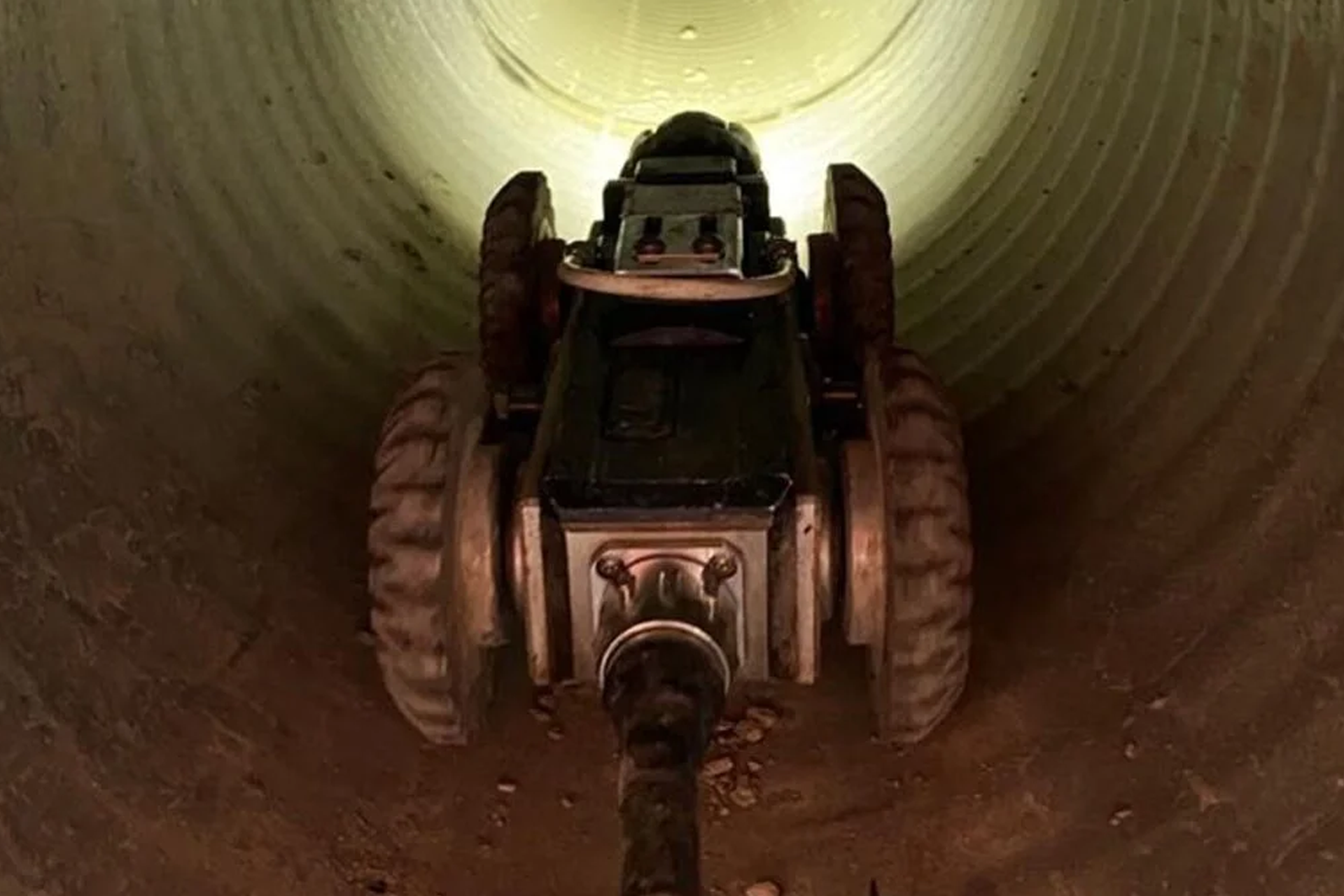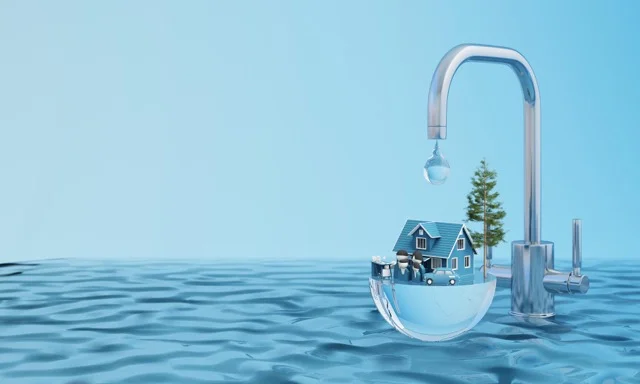7 Simple Techniques For Reclaim Waste
Table of ContentsThe Main Principles Of Reclaim Waste Indicators on Reclaim Waste You Should KnowGetting The Reclaim Waste To WorkHow Reclaim Waste can Save You Time, Stress, and Money.Not known Incorrect Statements About Reclaim Waste
Domestic sewage waste refers to the waste and products from a property septic container. The appropriate administration and disposal of residential sewage waste require liquid waste to be moved to a sewer treatment plant where the correct methods and tools are applied to purify and dispose of waste.
Commercial waste commonly consists of prospective threats, such as combustible products or a combination of liquid and strong waste items, and requires an advanced and thorough disposal procedure. The disposal of commercial waste normally involves the purification of waste prior to transport to make sure risk-free and proper disposal. Industrial waste is produced from by-products and drainage of industrial procedures and manufacturing.
This kind of waste can not utilize the very same sewer administration transport or processes as septic or commercial fluids. The industrial waste monitoring process calls for the examination and testing of fluid waste before it undergoes the disposal process (liquid waste removal melbourne). Drainage waste is the liquid waste that originates from drainage and excess stormwater in very booming locations or cities
Drainage waste can create contamination and flooding if not managed properly. Discover more regarding sewage system cleaning and waste monitoring. Guaranteeing proper waste monitoring can avoid calamities and minimize environmental damage. Both people in household setups and professionals in industrial or production markets can gain from understanding the processes and guidelines of liquid waste management.
Excitement About Reclaim Waste
Call PROS Services today to learn more about our waste monitoring and disposal services and the appropriate methods to look after the liquid waste you create.
(https://reclaimwaste1.blog.ss-blog.jp/2024-11-12?1731425991)Do you understand what occurs to your water when you draw the plug, purge the bathroom or drain the cleaning maker? No? Well, it deserves knowing. This supposed 'wastewater' is not only an essential source but, after treatment, will be released to our land, waterways or the ocean. Utilized water from commodes, showers, baths, kitchen area sinks, washings and industrial procedures is called wastewater.

water used to cool down machinery or clean plant and devices). Stormwater, a type of wastewater, is runoff that moves from agricultural and urban areas such as roofing systems, parks, gardens, roadways, paths and seamless gutters right into stormwater drains pipes, after rain. Stormwater streams untreated straight to neighborhood creeks or rivers, eventually getting to the sea.
An Unbiased View of Reclaim Waste
In Queensland, a lot of wastewater is dealt with at sewer treatment plants. Wastewater is carried from domestic or commercial websites via a system of drains and pump terminals, understood as sewage reticulation, to a sewage therapy plant.
The Department of Natural Resources advises city governments regarding handling, operating and preserving sewerage systems and treatment plants. In unsewered areas, city governments may need homeowners to mount specific or home sewage treatment systems to treat domestic wastewater from toilets, kitchen areas, washrooms and washings. The Division of Natural Resources authorises the use of home systems when they are shown to be reliable.
A lot of stormwater receives no therapy. In some new neighborhoods, treatment of some stormwater to get rid of litter, sand and crushed rock has started using gross pollutant traps. Wastewater therapy occurs in 4 stages: Gets rid of strong issue. Bigger solids, such as plastics and various other things mistakenly discharged to drains, are eliminated when wastewater is gone through screens.
Wastewater after that streams right into large tanks where solids resolve and are gotten rid of as sludge. Grease and scum are skimmed from the surface. Uses tiny living organisms referred to as micro-organisms to damage down and remove remaining dissolved wastes and great particles. Micro-organisms and wastes are included in the sludge. Removes nitrogen and phosphorus nutrients that can cause algal blossoms in our waterways and intimidate marine life.
The Ultimate Guide To Reclaim Waste
Nutrient elimination is not offered see this page whatsoever sewage treatment plants since it calls for pricey specialized equipment. It is ending up being extra typical in Queensland. Clear fluid effluent generated after treatment might still contain disease-causing micro-organisms. If this effluent is launched right into waterways such as rivers or the sea, the micro-organisms will at some point die out.

The majority of wastewater flows right into the sewerage system. Under the Act, neighborhood governments administer authorizations and licences for eco relevant tasks (ERAs) involving wastewater launches that might have a regional impact.
The Reclaim Waste Statements
Tracking supplies valid details regarding water top quality and can verify that licence conditions are being satisfied. The information gotten via tracking provides the basis for making water quality decisions.